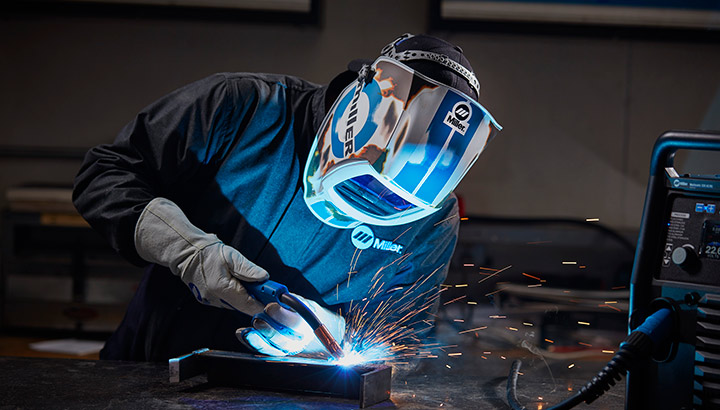What Is Welding?- Definition | Types Of Welding
What Is Welding?
Welding is a manufacturing process that uses heat, pressure, or both to fuse two or more parts together to form a joint as the parts cool. Weld is commonly used with metals and thermoplastics, but can also be used with wood. The completed welded joint can be called weldment.
Some materials require the use of special processes and techniques. Some are considered “non-weldable”. This term is not usually found in dictionaries, but is useful and descriptive in engineering.
The part to be joined is called the base material. Materials that are added to form a joint are called fillers or consumables. Based on the shape of these materials, they can be called substrates or tubes, flux-cored wires, consumable electrodes (for arc welding), etc.
Some materials require the use of special processes and techniques. Some are considered “non-weldable”. This term is not usually found in dictionaries, but is useful and descriptive in engineering.
The part to be joined is called the base material. Materials that are added to form a joint are called fillers or consumables. Based on the shape of these materials, they can be called substrates or tubes, flux-cored wires, consumable electrodes (for arc welding), etc.

Definition
Welding is a fabrication process whereby two or more parts are fused together by means of heat, pressure, or both forming a join as the parts cool. Weld is usually used on metals and thermoplastics but can also be used on wood. The completed welded joint may be referred to as a weldment.
How Does It Work?
Welding is done by joining two materials together without any adhesive. Unlike soldering and brazing, which use low melting point adhesives, weld joins two workpieces directly.
Most of the weld that is done today is divided into one of two categories: arc welding and torch welding.
Arc Welding:
Arc welding uses an electric arc to melt the work material and filler metal (sometimes called a welding rod) to welding joints. It involves connecting a ground wire to the weld material or other metal surfaces.
Another wire called electrode lead is placed in the material to be welded. An electric arc occurs when that lead moves away from the material. It’s a bit like the spark you get when you remove the jumper cable from a car battery. The arc melts the workpiece along with the filler material that helps to bond the parts together.
Filling filler in a weld joint requires a steady hand and an eye for detail. As the rod melts, the welder must continuously feed the filler into the joint using small, steady back-and-forth motions. These movements are what give weld its unique look. Moving the arc too fast or too slow, too close or too far from the material can result in a poor weld.
Shielded metal arc weld (SMAW or stick weld), gas metal arc weld (more commonly known as metal inert gas weld or MIG) and gas tungsten arc weld (often referred to as TIG or tungsten inert gas weld) are examples of arc welding.
Each of these three common methods has its own strengths and weaknesses. For example, stick weld is cheap and easy to learn. It is also slower and less flexible than other methods. Conversely, TIG welding is difficult to master and requires complex weld rigs. However, TIG weld produces high quality welds and can weld materials that otherwise cannot.
Torch Welding:
Torch welding represents another common weld method. This process typically uses an oxyacetylene torch to melt the workpiece and welding rod. The welder controls the torch and the rod simultaneously, giving you more precise control over the weld. Torch weld has become less common in industry, but is still often used for maintenance work as well as in sculptures.